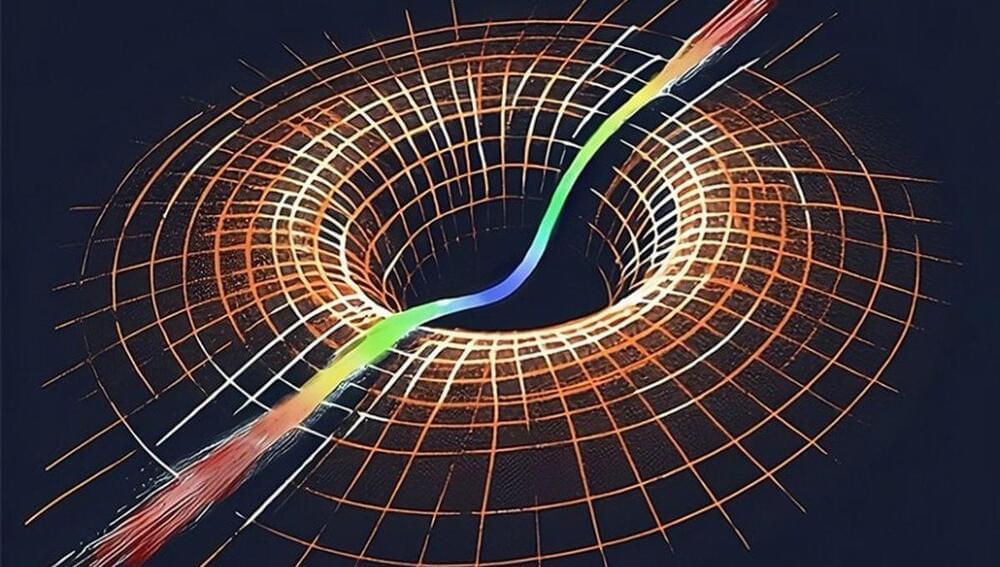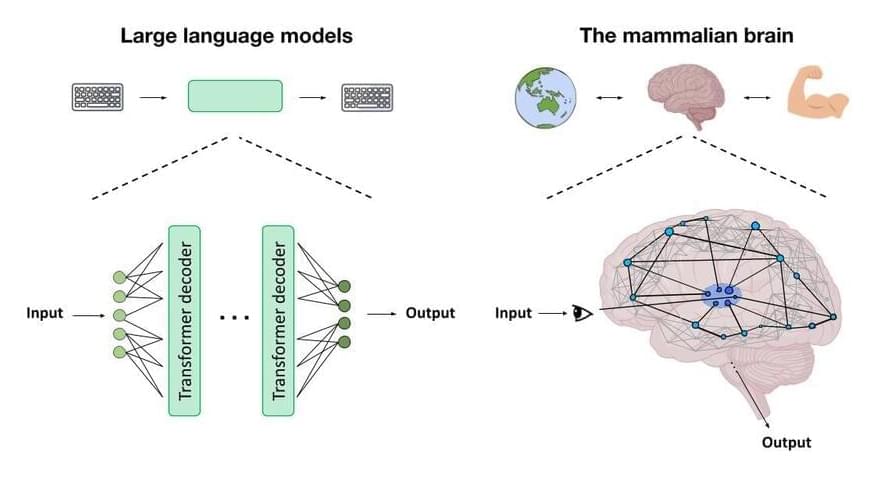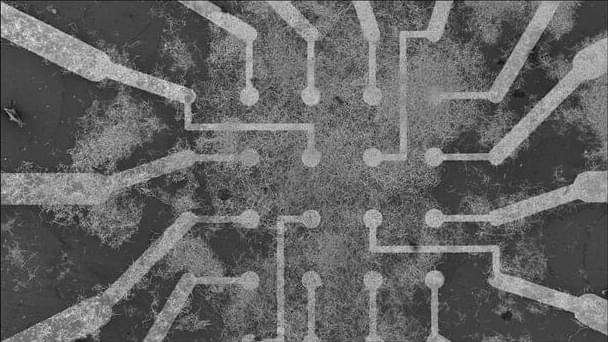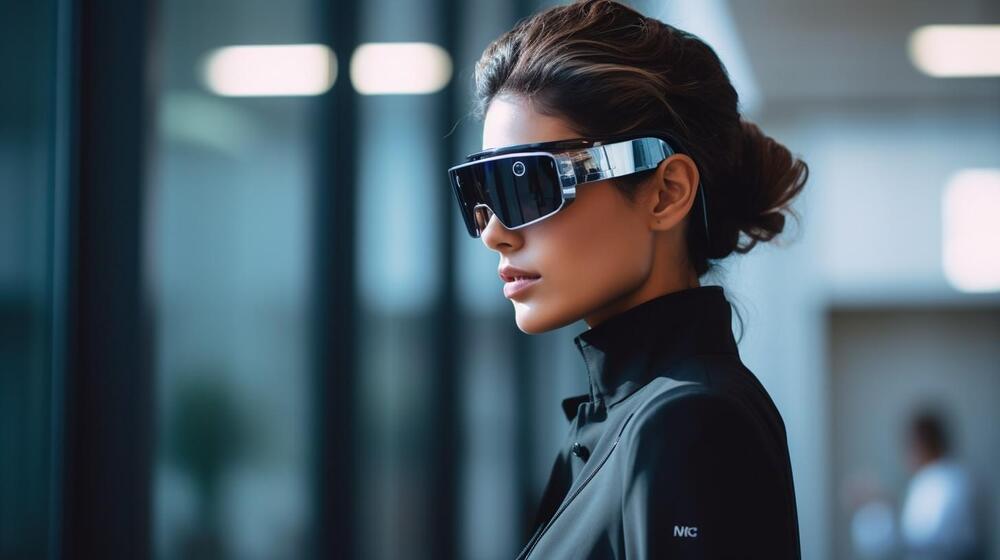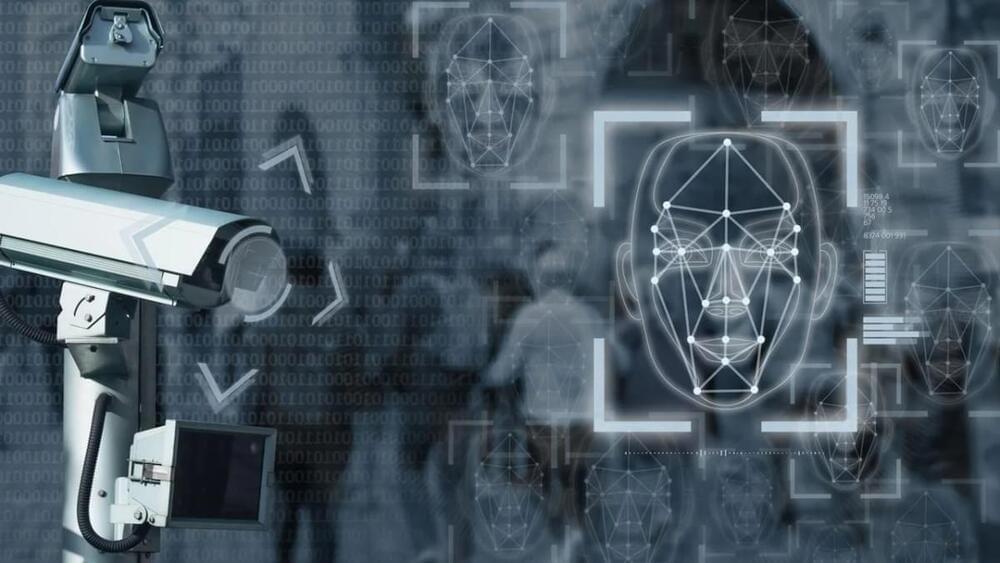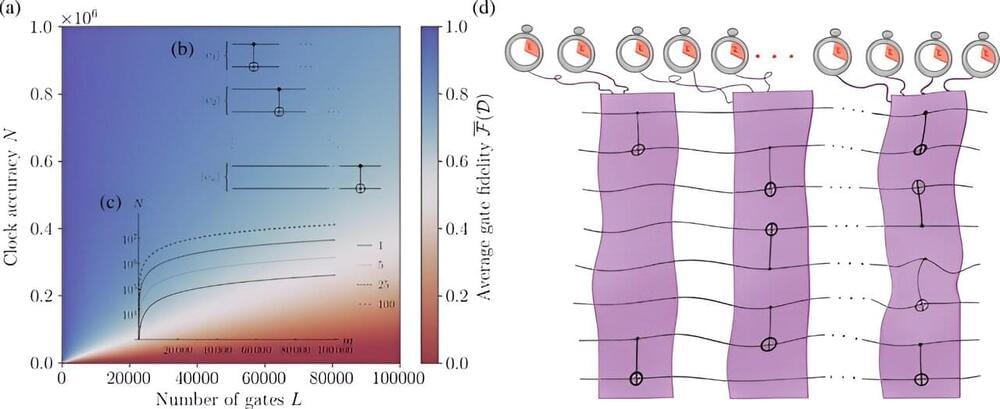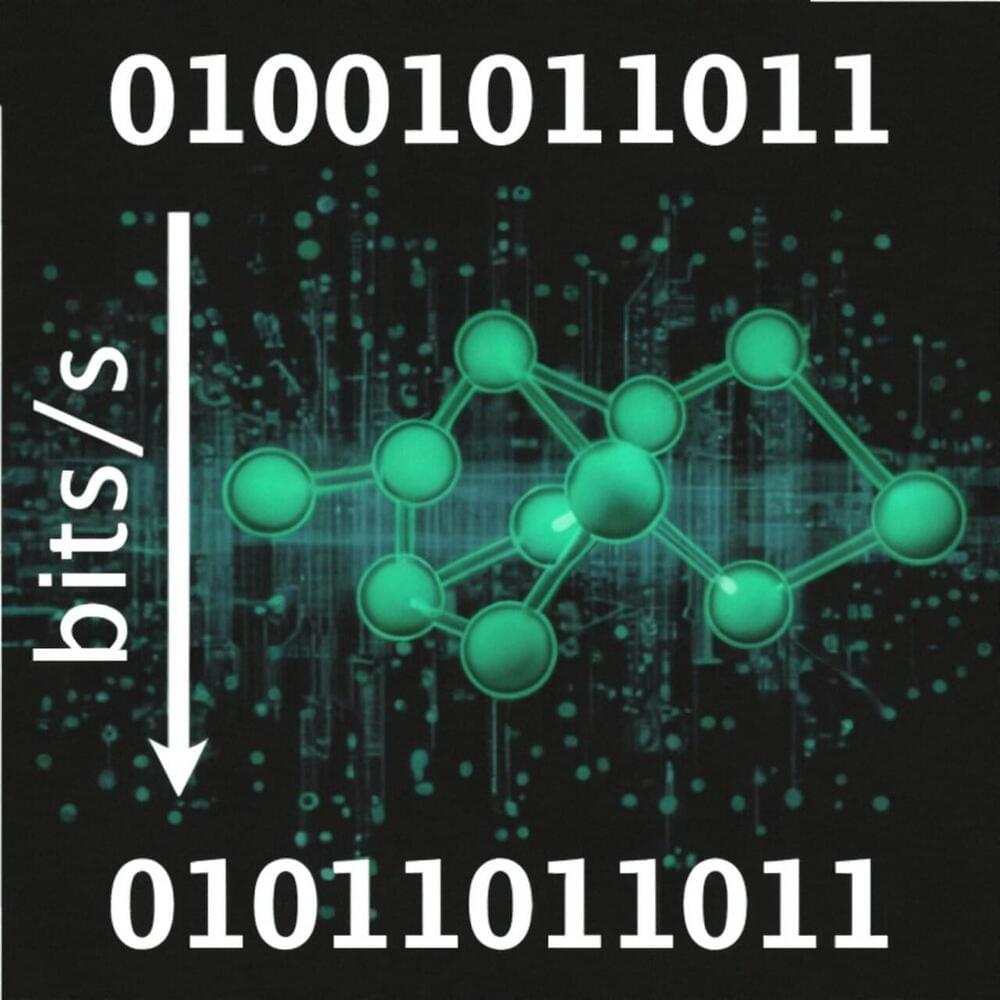Oh yea? I just learned the steps to copperhead road so… whatever.
Light is something in our world that we are very familiar with, and yet it can still throw some incredible curveballs when you look at it in detail. A newly discovered one comes from a pretty well-established phenomenon: what happens when light passes through an interface? That could be glass, water, or something completely different. The solution for that has long been established, but scientists have now found something weird going on in the middle.
As light goes through an interface, its speed changes. The solution for the behavior of light on one side of the interface or the other is the well-established standard wave equation. They can be linked with no problem (a piecewise continuous solution) but this still doesn’t explain what happens at the interface itself. There, the wave should experience an acceleration that is not accounted for by the current solution.
Now, an equation has been put forward in the case of a universe with one space dimension and one time dimension.
